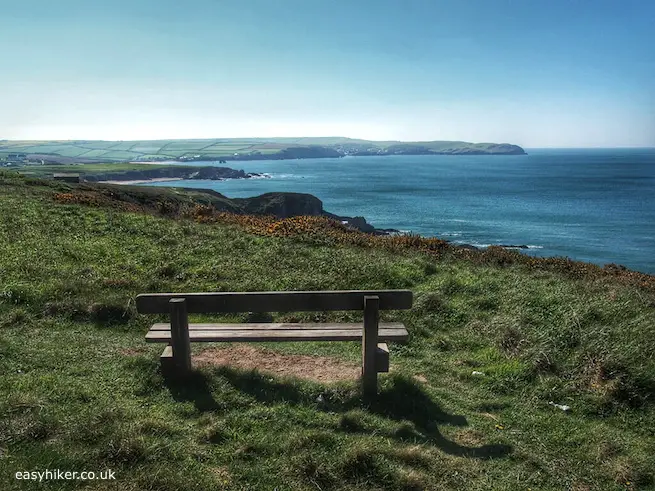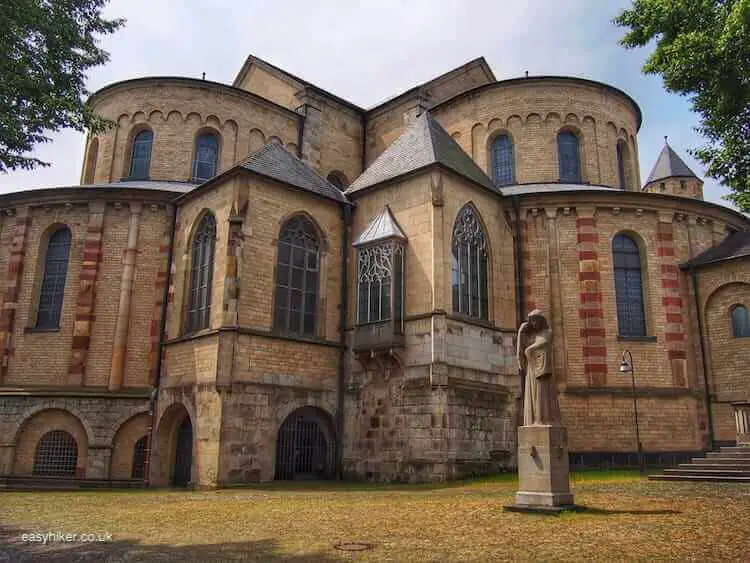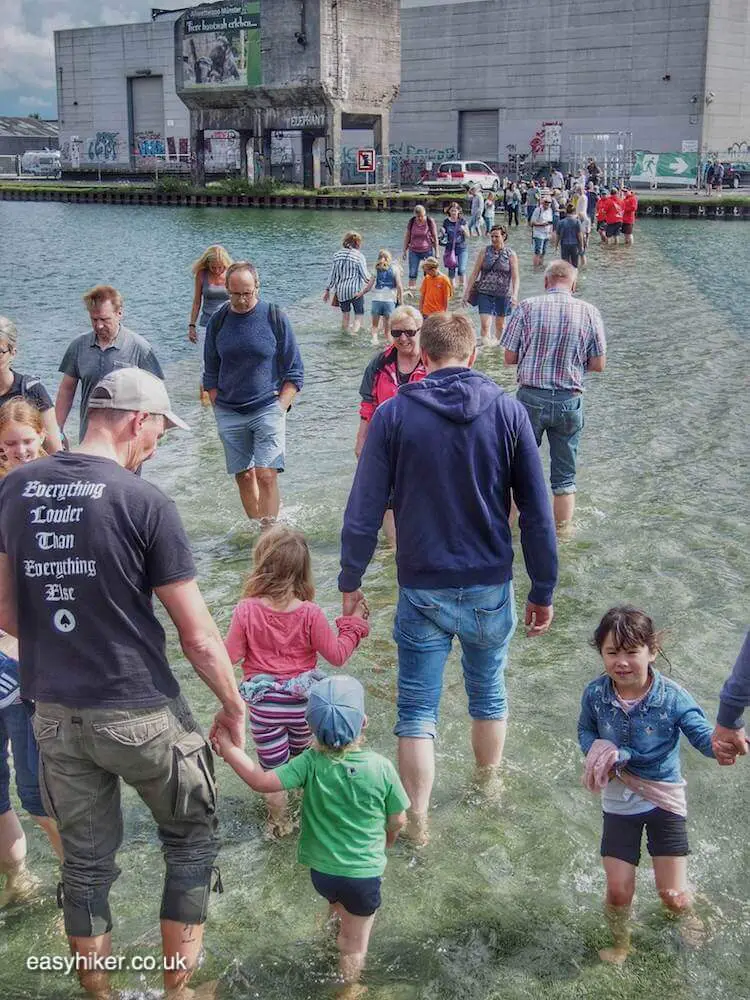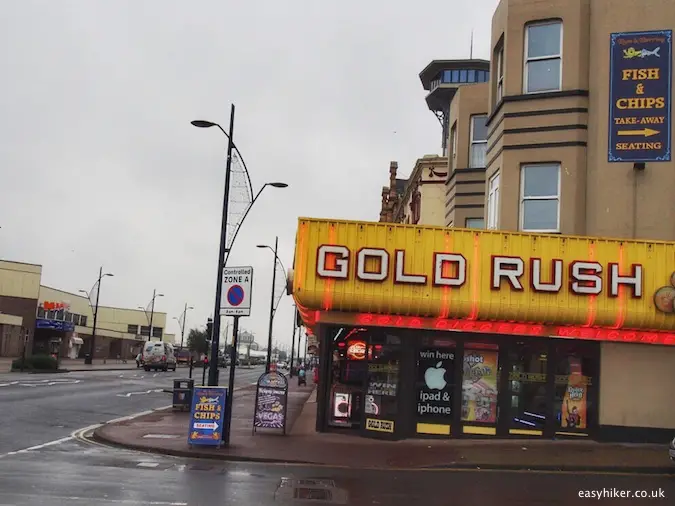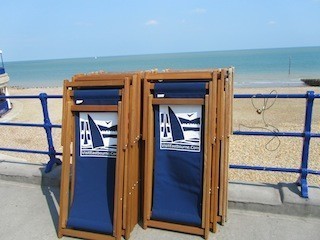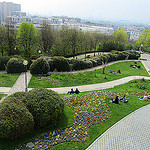All right, we do admit that many visitors of London and the United Kingdom will allot a good deal more than two hours to this famous university town in the east of England.
For every day tripper from London (trains from King’s Cross or Liverpool Street take little more than one hour), there is at least one visitor who comes over to participate in an art and literature festival, to attend a meeting at one of the “Silicon Fen” companies that have chosen Cambridge as their UK or European base (such as the Microsoft Research Lab or Astra Zeneca), or to conduct business with one of the various start-ups that are connected with Cambridge University.
But whether you have a lot of time on your hands in Cambridge or not, if you go there without at least a rough idea of what you want to see, you may find yourself walking down the same city centre streets time and again, seeing this college and that …

… as well as many handsome buildings – of which there is no shortage – …

… and realizing too late that you have seen a lot and at the same time nothing at all: that you have experienced a flux of impressions at the expense of forming a coherent picture.
Believe me, we are speaking from experience here. We had been to Cambridge several times before our most recent trip and had seen a great many things but never got a proper feel for the town or an idea of how its different elements all hang together. And we hadn’t only two hours in Cambridge then.
So here are a few tips of how to make the best of your time even if you have only two hours in Cambridge.
First of all, you must understand that Cambridge University – assuming that this is what you are most interested in – is not structured like an institution of higher learning in North America or on the European mainland.
There is no central campus, and the university consists of 31 semi-autonomous colleges, each of which has its own history (reaching back as far as the 13th century), ghosts and famous graduates.
If you want to see where your specific favourites among Cambridge U’s 121 Nobel Prize winners, 14 UK prime ministers or intellectual superstars studied, taught or researched, you should arrive with a plan in your pocket.
For starters, make a note that the two most star-studded colleges are King’s, located on the King’s Parade (famous graduates include John Maynard Keynes, Alan Turing and Salman Rushdie) …

… and Trinity College, a couple of hundred meters further up Trinity Street, the Alma Mater of Lord Byron, King Charles and a roll call of famous scientists and scientifically inclined philosophers from Isaac Newton to Ludwig Wittgenstein.

Cambridge’s most famous intellectual superstar of recent years was probably Stephen Hawking, apparently a familiar sight for residents when he was rolling around in his wheelchair through the town centre on his way from one academic assignment to the next.
Hawking is associated with more than one of Cambridge’s colleges, but most closely with Caius and Gonville (located at the very top of King’s Parade), where he held a research fellowship from 1969 until his death in 2018.

Virtually all 31 colleges of Cambridge University were established during two periods of rising demand for higher learning: more recently from the Victorian age onward until today and, before that, in the late Middle Ages between the reigns of Henry VI and Henry VIII.
The Tudor dynasty in particular is associated with the earlier of these boom periods, and effigies of its most famous monarch can be spotted here and there across college facades.
The most prominent of these statues adorns the front of Trinity College. Many years ago, pranksters replaced Henry’s royal sceptre with a wooden chair leg, …

… which quickly became a much-loved feature of the college’s entrance gate and, eventually, an integral part of Trinity mythology.
So much so that when, in the 1980s, undergraduates from another generation of student pranksters exchanged the chair leg for a bicycle pump, the College had the bicycle pump removed and replaced it … no, not with another royal sceptre but with another chair leg.
Unfortunately, you are not free to walk through this or any other college gate and explore the gardens and inner courtyards on your own. This is why you should seize any opportunity of sneaking a peek at these college interiors.

During the Middle Ages (and for a few centuries after that), the only practical purpose for a “higher education” across Europe was a career in the clergy. Many of the medieval churches that you can find around Cambridge were originally built as chapels for individual colleges.
The oldest church in town, however, predates the establishment of the university by 200 years: this is the Church of the Holy Sepulchre, originally a wayfarers’ chapel on the main road between the English east coast and the north of the country.

After you have seen the colleges of your intellectual heroes and familiarized yourself a little with the other things the old town has to offer, you should head straight for the “backs” on the far side of the river Cam, the area which, as its name indicates, lies behind the colleges.
But these “backs” also double up as a throw-“back” into a different era: the countryside, in fact, appears to be little changed from medieval times.
There are days when you can even watch farm animals grazing on this land. In some ways (and if you squint your eyes a little), Cambridge can give you the feeling that the Middle Ages have never really come to a close at all.

While in Cambridge town centre, it pays to know where you are going, the Backs are the perfect place to stroll as aimlessly as you want through the beautiful park-like landscape, …

… watching the punters manoeuvre their boats past each other on the narrow river, …

… or, if you feel lazy, to rest on one of the benches where some of the greatest thinkers in history may have contemplated the puzzles of reality.
Wait a moment: is that Bertrand Russell there, behind Trinity College where he held one function or another (student, teacher, lecturer) for nearly 80 years, reflecting on the paradox that was to pull the rug from underneath Frege’s system of mathematical logic?
No, it’s not, on closer look, it’s Mrs. Easy Hiker, probably ruminating on what cake to have for her afternoon snack.

Which brings us straight to the topic of the Chelsea bun, Cambridge’s gift to the world’s cuisine. It may be a less glorious contribution than the one Cambridge has made to physics and to mathematics, but in exchange – as a quid pro quo, as Cambridge folks would probably say – you do not need years of learning to appreciate the sublimity of the humble bun.
It is the signature product of the Fitzbillies bakery which has various sales outlets across town, but if you can spare the time, you should go to the original shop on Trumpington Street where you can sit down to consume your bun in the shop’s historic environment.

And if, after that, you still have time to kill or if you are stuck for the evening: just take a good look around. The streets are full of posters and flyers, attached to walls and lamp posts, which offer you one cultural experience or another, something for every taste and field of interest: art exhibits, music performances, panel discussions.
There are not many places on earth where it is as difficult to be bored.


